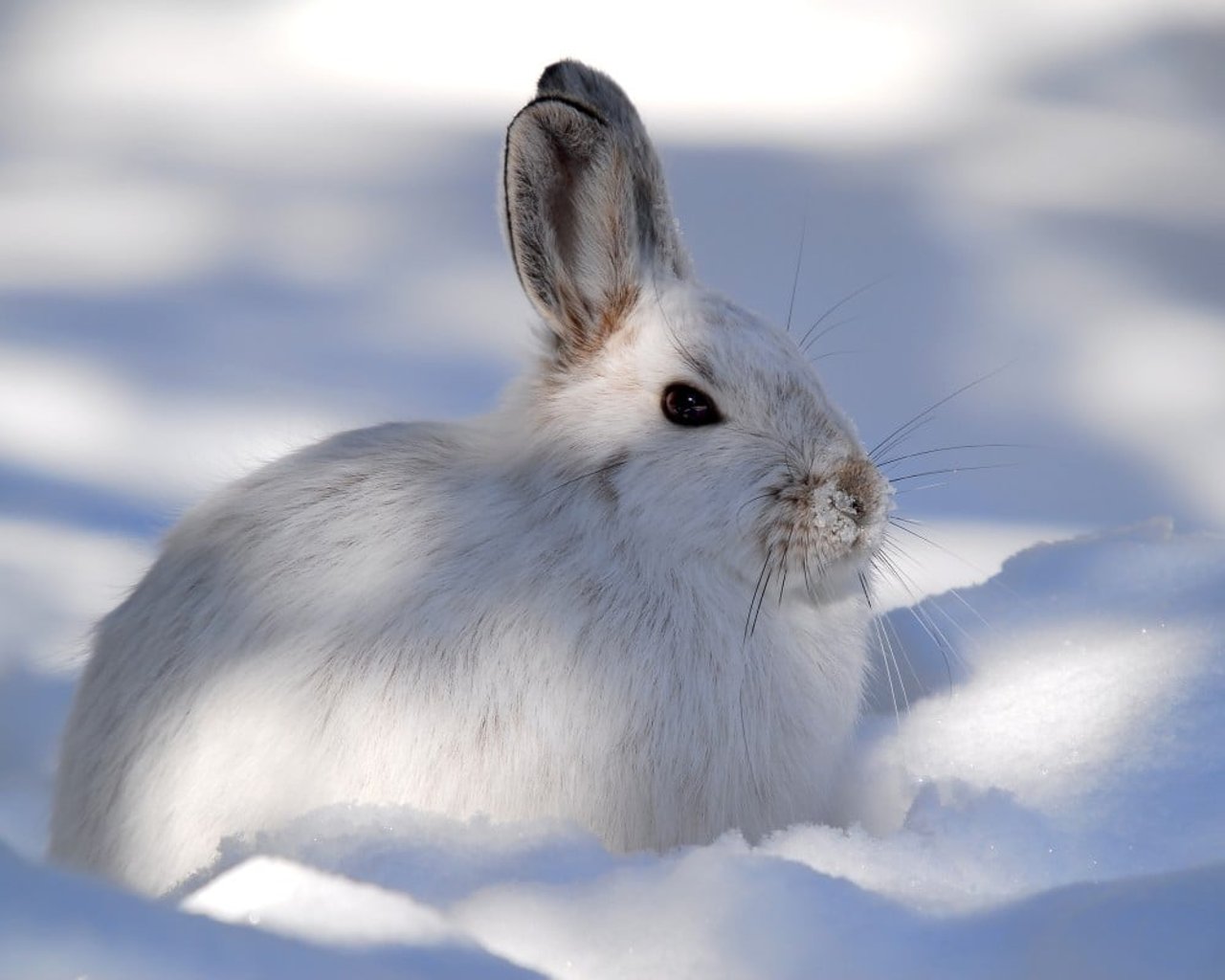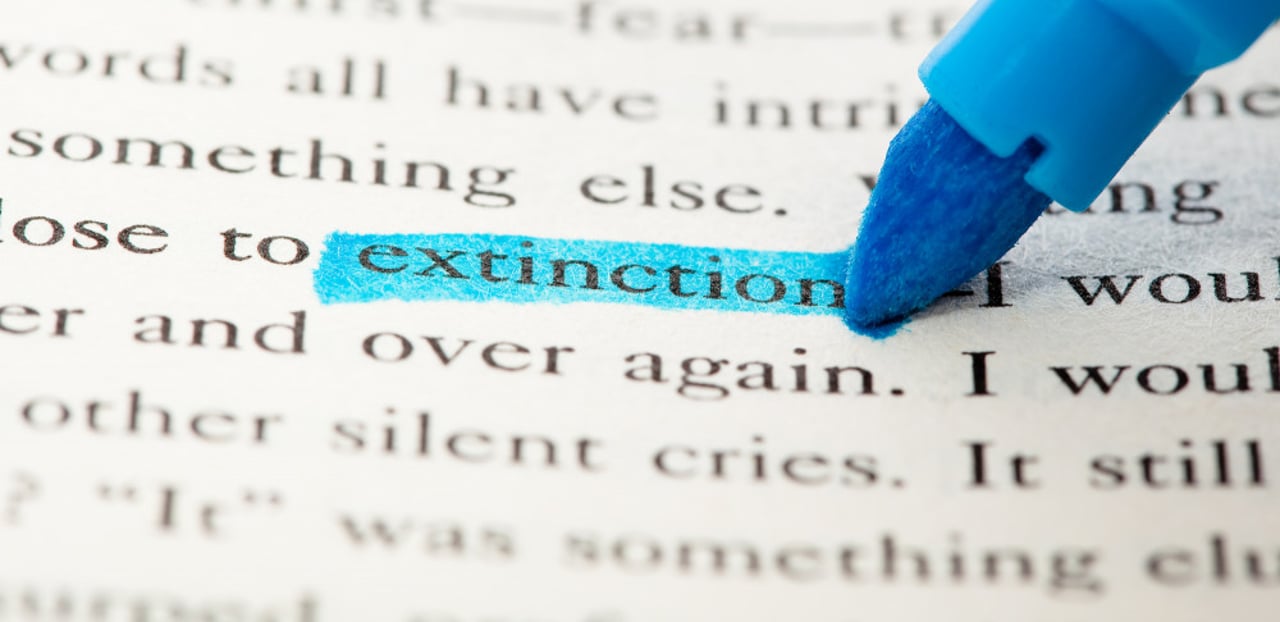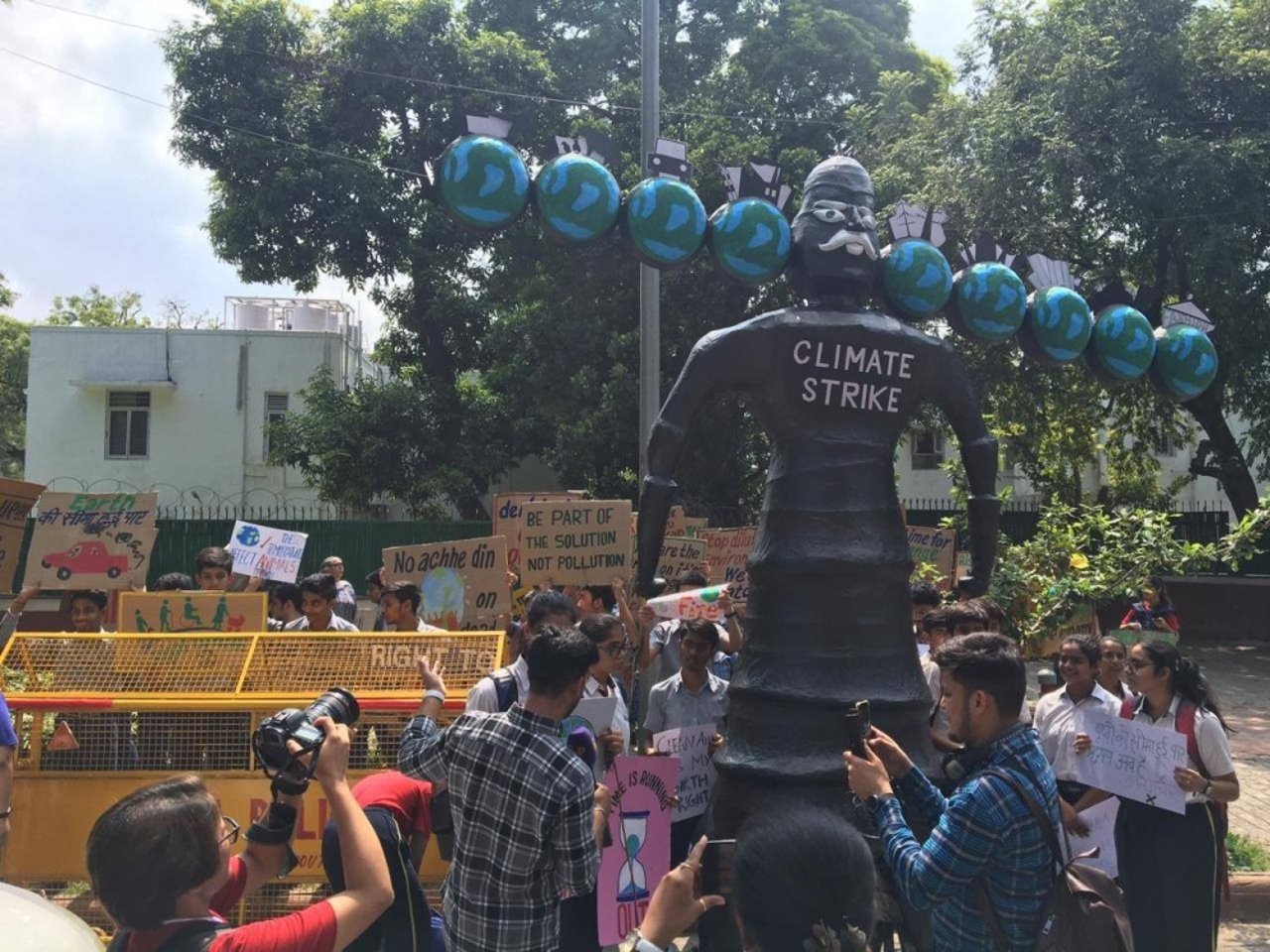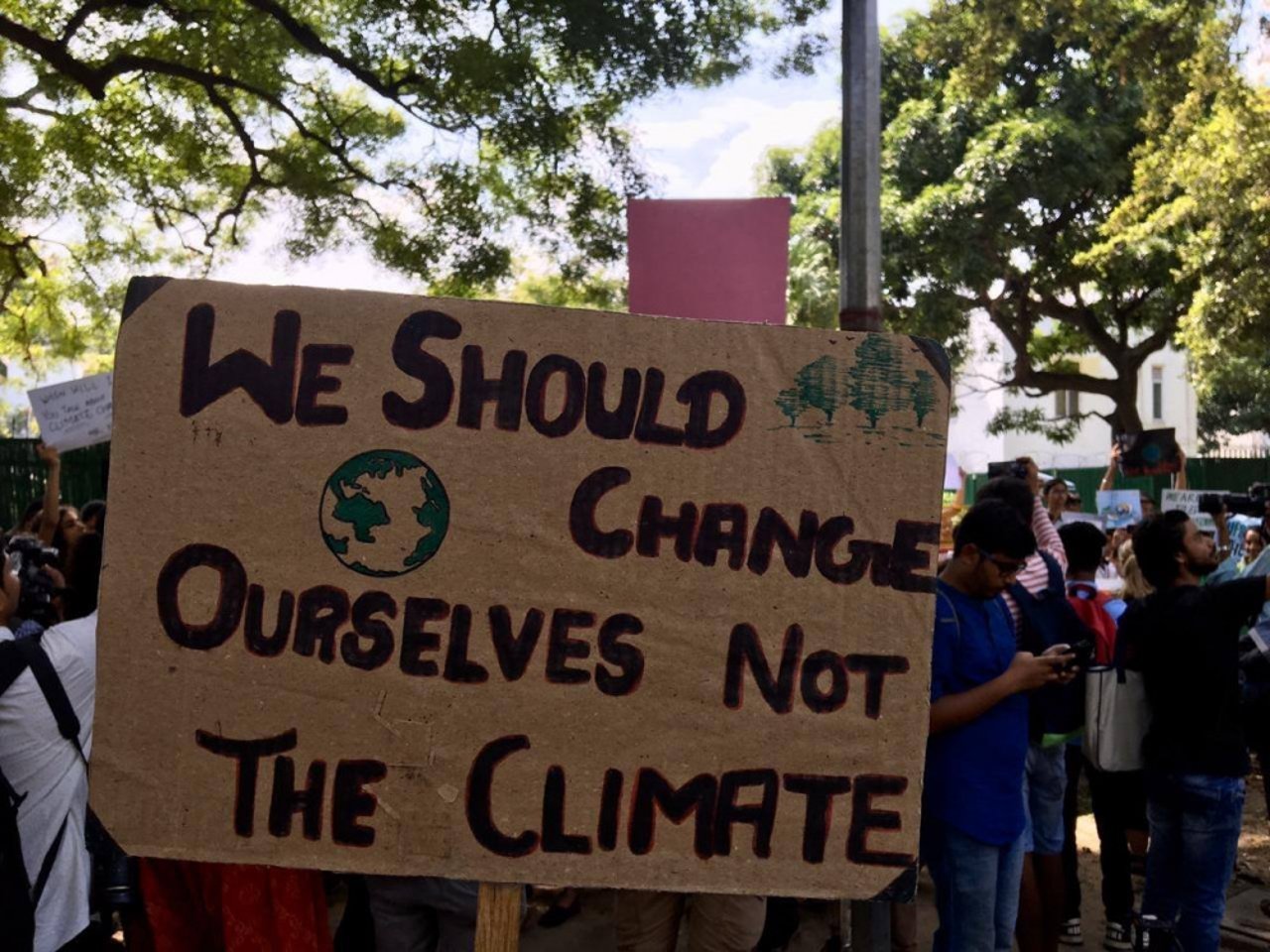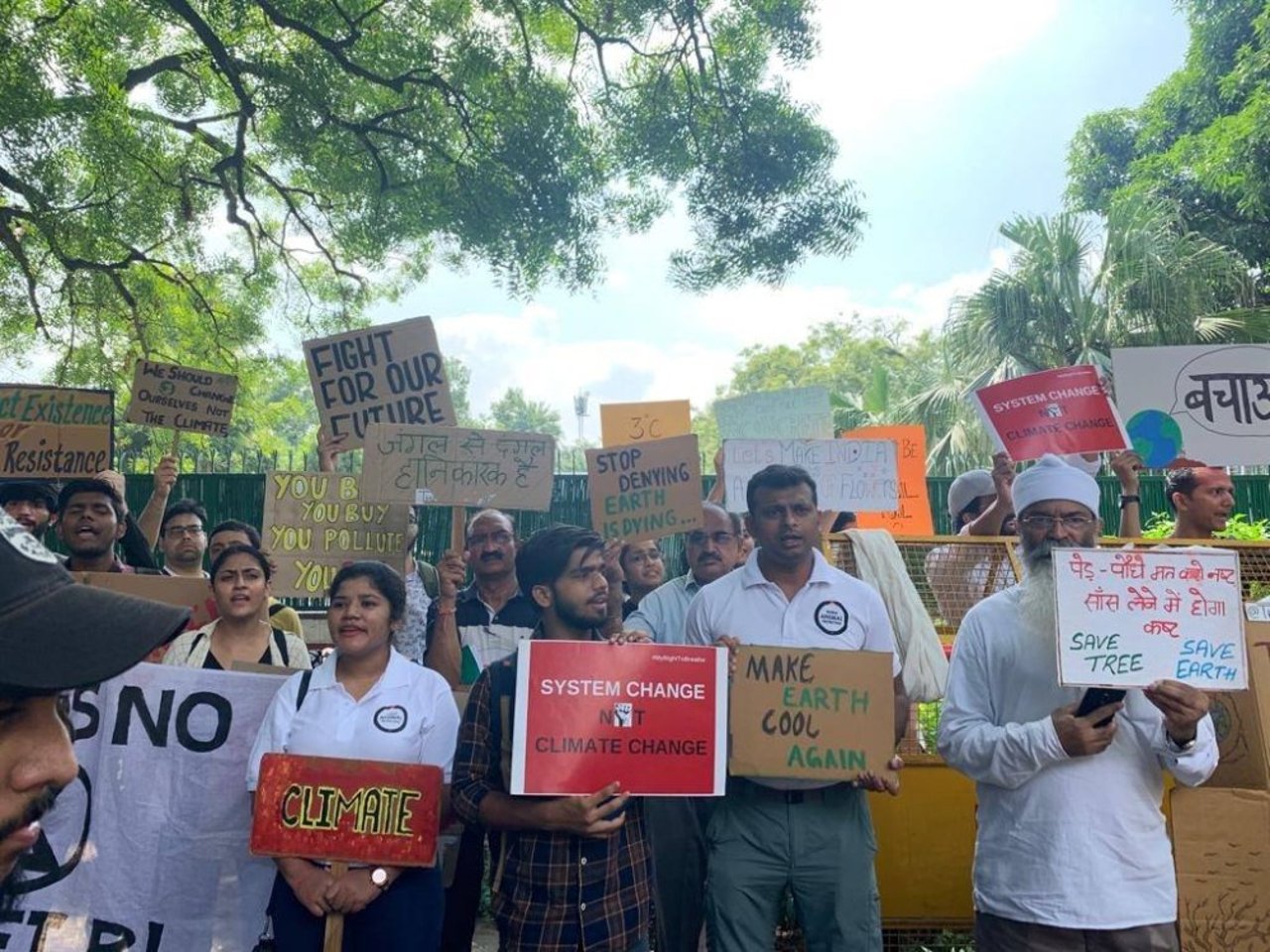
A number of animals, as well as plant species, are moving towards extinction due to climate change. The coral reefs are dying due to warmer water conditions and more is happening.
Is winter coming?
Winters are always beautiful
Snowy peaks of mountains, chilly winds, white lush floor and cozy sun!
Yes.. it is the time for winter arrival “Winter is Coming”
But is it? Is winter coming?
The month of October has started and still no sweater is out and that snuggly muffler is still packed.
Season creep or observed changes in the timing of the seasons have disturbed the climate and our environment is drastically affected. The winters have become shorter and shorter and so are the animal species living on earth. Our earth is already struggling with the sixth mass extinction of flora as well as fauna. Earlier, only one to five species went to a lap of extinction per year but now this natural rate of this phenomenon is degraded and according to scientists, the estimated current rate of extinction is up to 1000 times the background rate.
The most visible sign of climate change
Though the most visible sign of climate change is seen, a polar bear starving and drowning, ice caps are melting, etc. But this is not the case, there is a range of animals who are impacted by climate change. A number of animals, as well as plant species, are moving towards extinction due to climate change. The coral reefs are dying due to warmer water conditions; coastal wildlife is falling victim to rising sea levels, a disturbance is an Antarctic ecosystem which further leads to a reduction in prey species of penguins and causing ice shelves to collapse. The mammals are also in danger due to the proliferation of parasites due to increasing temperatures. For e.g. milder winters increase the number of ticks and imagine thousands of ticks stacked to a moose body, the immune system of moose is completely shattered which might lead to the death of moose.
The story of the Snowshoe Hare
Another example where climate change is affecting animals is of Snowshoe hare which blends with surrounding to avoid predator attacks. The Snowshoe hare has evolved to turn white in winters to blend with snow but now the snow is melting and there is a reduction in their number leading to disturbance in the forest ecosystems. The species mentioned here are just a few and there are more in line like American Pika leaving its own habitat and moving to a more elevated area. The oceans are filled with human-generated carbon dioxide causing ocean acidification and depleting the seawater affecting corals, crabs, zooplankton and many more species.
Extinction of plants and animals by 2050
Looking at the current emissions, climate change will cause extinction of more than a third of our planet’s animals and plant species by the end of 2050. All the species are interconnected ensuring the resilience of all types of the ecosystem which allows ecological communities to withstand stress. Extinction after extinction and loss of one species can disturb the food cycle leading to ecosystems unravels.
Greta Thunberg and the Global Climate Strike
Approximately 7.6 million people participated worldwide in the week-long Global Climate Strike initiated by Greta Thunberg, the seed of this big movement. She has also mentioned that emissions are increasing at a rapid rate and if we don’t call for climate action now then we will not be able to keep our planet within 1.5 degrees of warming. Heatwaves, floods as well as hurricanes are devastating hundreds of communities across the world, leaving a clear impact of biodiversity; hence evidently, this climate change is deadly. World Animal Protection also participated in the Global Climate Strike and became one of the members of this big movement.
Let’s bind the hands together and bring climate action. Bring the chilly winters again so that we can actually say “Winter is Coming”
#globalclimatestrike #fridaysforfuture #schoolstrike4climate #climatestrike #gretathunberg #worldnimalprotectionindia

